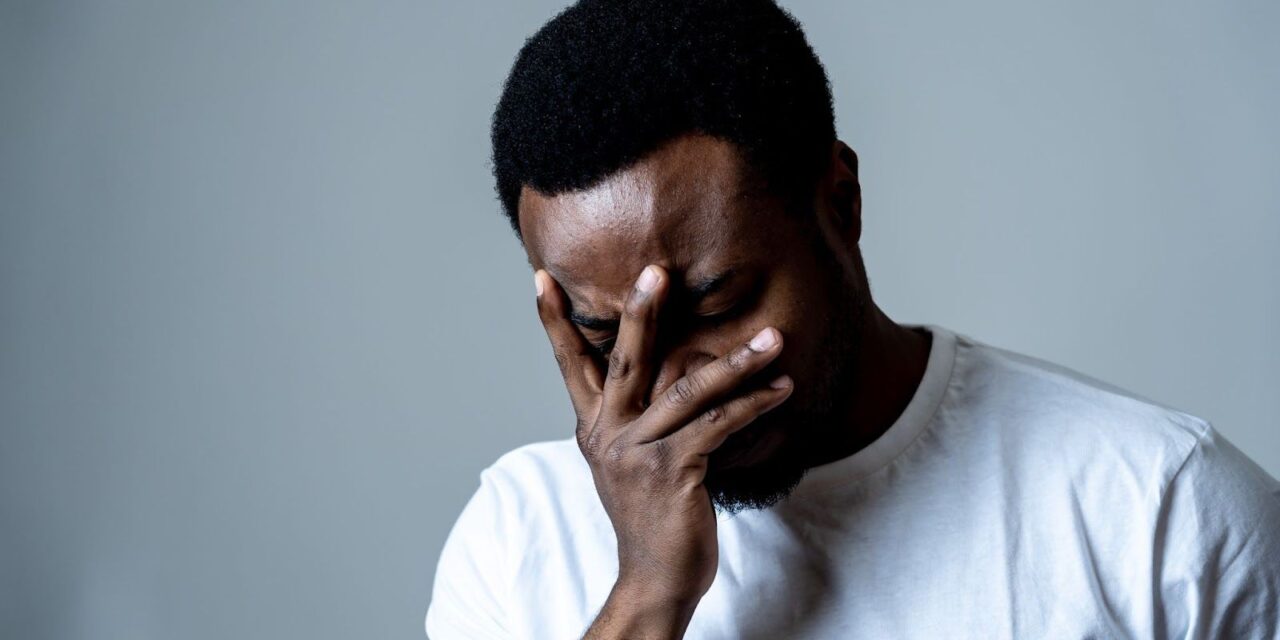
The Biden administration announced it had finalized a regulation that would ensure 175 million Americans with private health insurance have access to affordable mental health services, one that would force health insurance companies to cover mental health ailments alongside physical health.
The regulation comes as a federal government crackdown on insurance plans not adequately catering to those suffering from anxiety, depression, and addiction.
The administration agrees that the mental health and substance use disorder crises, exacerbated by the COVID-19 pandemic, disproportionately impact marginalized communities.
“There is no reason that breaking your arm should be treated differently than having a mental health condition. The steps my administration is taking today will dramatically expand access to mental health care in America,” President Joe Biden said in a statement.
Are existing regulations working?
The Mental Health Parity and Addiction Equity Act of 2008, despite being a bipartisan priority, did not increase access to treatment or decrease the cost of mental health care. Advocates find a lack of insurer compliance and attribute lax enforcement policies.
“For over a year, we’ve been telling the Biden-Harris administration that these rules will not work. They are too vague and burdensome; they overregulate instead of allowing health plans to build robust networks; and they will increase premiums for employees already facing high healthcare costs,” said Virginia Foxx (R-NC), chairwoman of the Committee on Education and the Workforce. “These rules do nothing to improve mental health care access and instead put paperwork over patients. Reporting regulations cannot be more important than workers’ mental health.”
In 2020, less than 50% of those with mental illness received treatment, while 70% of children did not receive care, the administration said in the statement. It attributed the trend to insurers making it difficult to access treatment and forcing people to pay high out-of-pocket costs as they seek care out-of-network or defer their treatment. The gap between out-of-network care usage for mental health versus physical health benefits increased by 85% in recent years.
“That is why we made the largest investment in youth mental health in history and are transforming how mental health is understood, perceived, and treated for all Americans,” Vice President and Democratic Party presidential nominee Kamala Harris said in the statement. “As someone who has spent my entire career fighting to improve the health and well-being of all Americans, I will never stop working to ensure that healthcare is a right – not just a privilege for those who can afford it.”
What will the new regulation do?
The rule will aim to strengthen consumer protections by reinforcing the MHPAEA, which will further lower families’ healthcare costs and remove barriers to care, among other things:
- Require health plans to evaluate their provider networks, the amount paid to out-of-network providers, and the frequency with which they require and deny prior authorizations.
- Ensure health plans cannot use more restrictive prior authorization and make mental health and substance use disorder benefits harder to access than their medical benefits. Moreover, these plans have to use the same metrics to set up out-of-network payment rates for mental health as they do for medical providers.
- Require more than 200 additional health plans to comply with MHPAEA, setting a goal of providing critical protections to 120,000 consumers, thereby closing a loophole — the MHPAEA did not require non-federal governmental health plans to comply with its requirements when it was first enacted.
- The Department of Health and Human Services will also release new compliance tools for states involving Medicaid beneficiaries enrolled in private Medicaid health plans.
The law, however, does not require employers to offer mental health benefits to employees.
Insurance companies and groups representing employers oppose the regulation. AHIP, the Association for Behavioral Health and Wellness, the Blue Cross Blue Shield Association, and the ERISA Industry Committee (ERIC) issued a statement saying that the final rule will have “unintended consequences” and will raise the cost of care.
“There are proven solutions to increase access to mental health and substance use disorder care, including more effectively connecting patients to available providers, expanding telehealth resources, and improving training for primary care providers,” the letter said. “However, this rule promotes none of these solutions. Instead of expanding the workforce or meaningfully improving access to mental health support, the final rule will complicate compliance so much that it will be impossible to operationalize, resulting in worse patient outcomes.”
Constance Garner, a former policy director at the Senate HELP Committee who helped draft the original MHPAEA, said the rule will increase costs and worsen the shortage of mental health professionals.
“This final rule lowers the quality of standards for mental health professionals to join an insurance network while also pushing more patients or their caretakers to choose a higher-level mental health professional for even milder symptoms that a primary care physician could treat,” Garner added.
Inequities in Black Mental Health
Even today, mental health inequities exist when it comes to the African American community.
According to the Mental Health America of Greater Houston, Black residents of the country have been seen as “experimental subjects rather than as patients deserving of respect and quality care.” Throughout history, African Americans have gone through traumatic experiences like involuntary institutionalization to the Tuskegee experiment in 1932, revealing gaping holes in the health care system.
Women experience more days of poor mental health than men in Texas and the nine-county Houston Metropolitan Statistical Area, per Understanding Houston.
The Black population in Texas, on the other hand, is more likely to report five or more days of poor mental health compared to white and Hispanic populations.
Between 2001-2004 and 2017-2020, the number of suicides has increased by 139% in Fort Bend County, 40% in Harris County, and 107% in Montgomery County. Meanwhile, suicide rates in Texas increased 30% between 2001 and 2020.
Moreover, Nearly one in five adults have a mental health condition, and the availability of mental health resources remains the same. The study says 136 million people across the U.S. live in mental health professional shortage areas (HPSAs). In Texas, over 15 million people live in HPSAs, and only three in 10 people have their needs met. Prevalent issues such as low coverage rates for health insurance in Houston and Texas remain.




